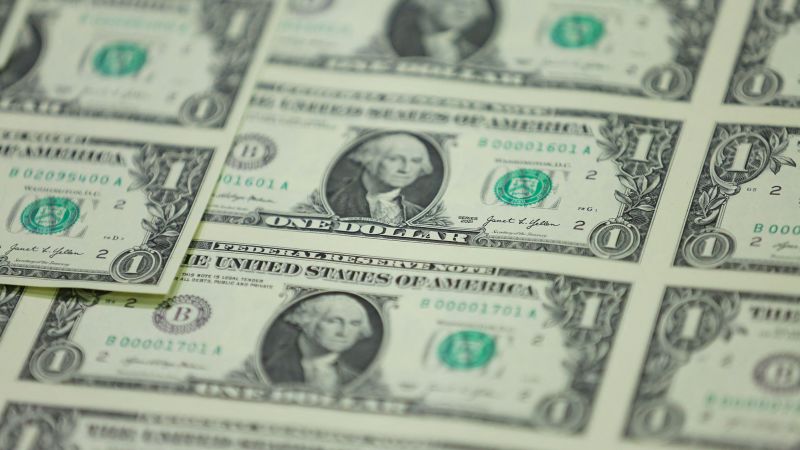A version of this story appears in CNN’s What Matters newsletter. To get it in your inbox, sign up for free here.
If it feels like we’re dedicating a lot of recent What Matters editions to the national debt, we are.
It’s a top political story as Republicans and Democrats square off over raising the debt limit and paying the nation’s bills.
But the larger issue of the government spending more than it collects in tax revenue – and whether or when that will become an existential threat to the way Americans live today – should not be so quickly bypassed.
In recent weeks, we’ve:
There’s more this week:
- The annual bottom-line financial report of the US released Thursday by the Treasury Department showed the country’s current path to be “unsustainable.”
- A separate Congressional Budget Office report released Wednesday confirms interest rate hikes will make the ballooning national debt much more expensive to finance. In a matter of years, just paying interest on debt will eat up a significant portion of tax revenue.
More plainly put, that means the portion of every tax dollar going to interest on the debt will grow from:
- 13 cents of every tax dollar spent on interest in 2023 to
- 20 cents of every tax dollar spent on interest in 2033.
I talked to Michael Peterson, CEO of the Peter G. Peterson Foundation, a nonpartisan organization that tries to raise awareness about the debt and spur Congress to act to fix the problem.
Excerpts of our phone conversation are below.
WOLF: People are talking a lot about debt right now, because Republicans in Congress are talking about using the debt limit as leverage to force spending cuts. We also got some new information yesterday from the Congressional Budget Office about the US balance…
Read the full article here





